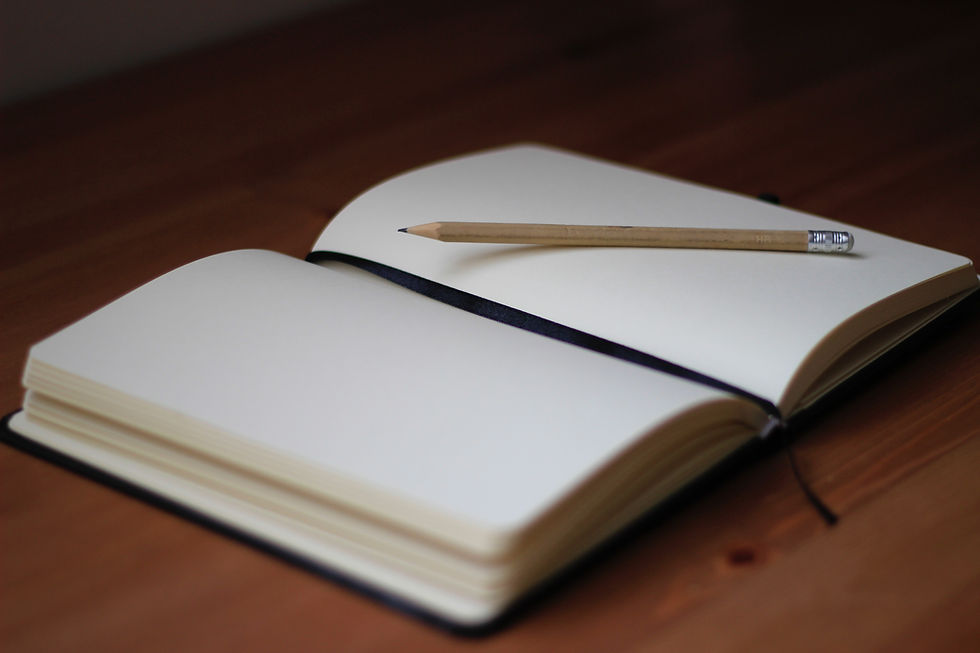
Reflection
When you finish your training session, whether it’s in the gym, on the pitch or somewhere else, what do you think about?
When you compete and the final whistle blows to end the game, what thoughts are going through your head?
One of the most powerful tools for improvement is using reflection and writing about it in a journal. Now I am old school I prefer a pencil and notebook situation, there’s something more tactile and real about it for me, but if you are young this may be foreign to you so your phone or iPad may be just as good (although I would still, encourage a pencil paper option...
Pro-Tip pencil is better than a pen because you can rub it out if needed).
Anyway, let’s cut to the chase.
Using reflection helps you recall areas that went well, could be improved and anything you learnt. It also gives you something tangible to look back on before your next session/game and make changes in areas you can control and continue to build on those things going well.
The key here is what you can control, you can’t control factors outside of your sphere of influence, the weather, how your competition prepared, and how your teammates ate that morning is not something you can control for example,
however
What time you went to sleep, have you been hydrating well daily, did you get your training sessions in and how you react to what happens on the field are all examples of factors that can influence your performance under your control.
So how do you go about it? ...
Here are some tips for you.
Wait for a little while before you put pencil to paper.
I think it’s always good to leave it until you get home, or at least in the car/bus journey home. This gives you a chance to settle your emotions, with the training session or game still fresh in your mind.
Start with the positives
Too often as athletes, we focus on what went wrong.
Instead, begin with what went well
What went well today?
is a good start.
What didn’t go so well?
Now you can look at areas of improvement that you think will help future performance - just saying you kicked like rubbish isn’t productive, get to the why it didn’t go well.
"My kicking was off target today, the ball was coming off my boot poorly and I was losing accuracy when trying to kick for distance".
What did you learn?
Think about what you took away from that session or game that you learned and can be used in the future.
"I noticed when I shifted to my left side quickly after catching the ball, I was able to grubber the ball in behind the rush defence with more time"
What are you going to change/ do differently next sessions/game
This is the action paragraph, what steps are you going to address the next time?
"Next session I will work on my follow through with my kicking and get our kicking coach to look at my foot when I am striking the ball to address the accuracy of the kicks"
Something as simple as the 3-2-1 or basic questioning as above works well to keep it simple.
3 things that went well
2 areas to improve on
1 thing you learned or
What went well
What didn’t go so well
What would I do differently next time
When these ideas of reflection are used consistently you will notice subtle but different changes in how you start approaching sessions and or games.
Areas start improving and outcomes you can control begin appearing more often now you have actionable ideas you have identified.
The fact it is personal to you is something I think is key, it is you who has identified these areas, not an outsider, and it’s you who has put a plan in place to solve it.
When it comes to the player that internal fire is lit, and it is often remembered far better.

Comments